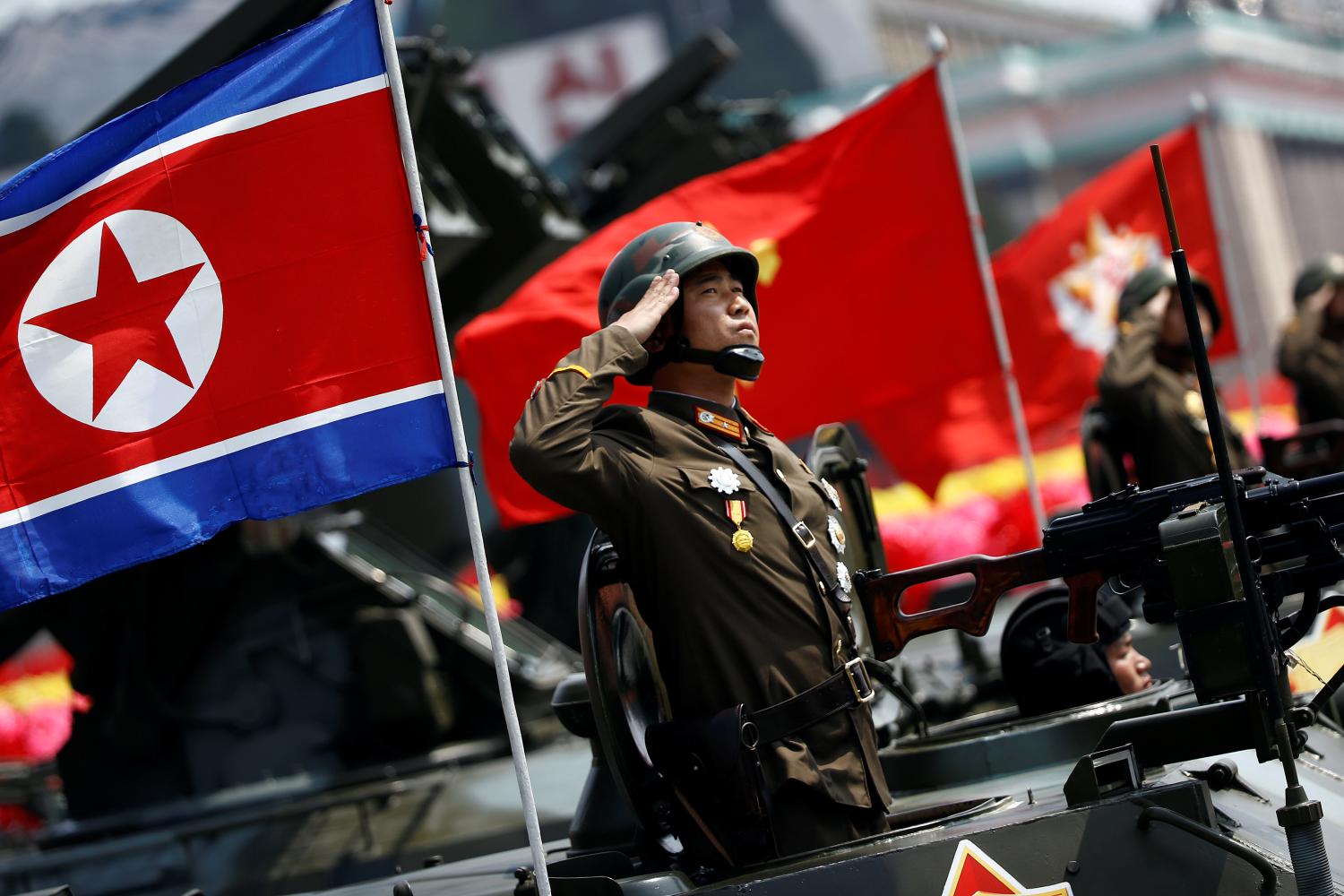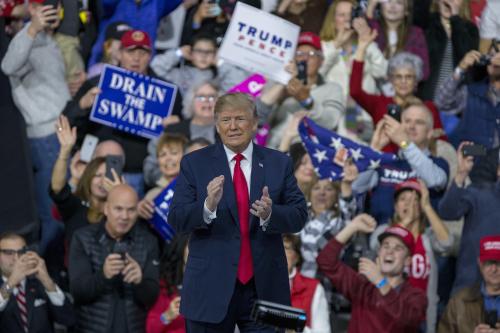On April 18, 2017, Bruce Jones, director of the Brookings Foreign Policy Program, convened six Brookings experts—John Allen, Richard Bush, Robert Einhorn, Steven Pifer, Jonathan Pollack, and Evans Revere—with decades of diplomatic and military experience focused on North and South Korea, China, Japan, and nuclear and missile proliferation, to provide analysis and policy recommendations for addressing the ongoing threats posed by North Korea. The transcript of the discussion, edited by Tarun Chhabra and Bruce Jones, reflects their assessments of North Korean threats and motivations; potential escalatory scenarios; the interests of regional actors including China, Japan, and South Korea; and U.S. objectives and policy options going forward.
Director’s summary
- Threats posed by the North Korean nuclear and missile programs must be front and center in U.S. national security decisionmaking.
- The United States and China should agree to seek to prevent the Korean Peninsula from becoming the object of U.S.-China military confrontation or conflict.
- A large-scale peninsular and regional conflict, involving hundreds of thousands of troops and potentially hundreds of thousands of civilian casualties, would likely ensue from a preemptive U.S. military strike on North Korea.
- The threshold for preemptive U.S. military action against North Korea should be the imminent launch of a nuclear-tipped intercontinental ballistic missile directed at the United States or its allies.
- The United States should, in coordination with U.S. allies and China, significantly intensify economic, diplomatic, and other forms of pressure on North Korea and its leadership in order to compel Pyongyang to negotiate a near-term, verifiable freeze of its nuclear and missile programs, accompanied by a long-term North Korean commitment to denuclearization.
- Such a strategy would entail complex and carefully calibrated negotiations with North Korea, U.S. allies, and China, and therefore require unprecedented policymaking capacity and coordination across the U.S. government.










